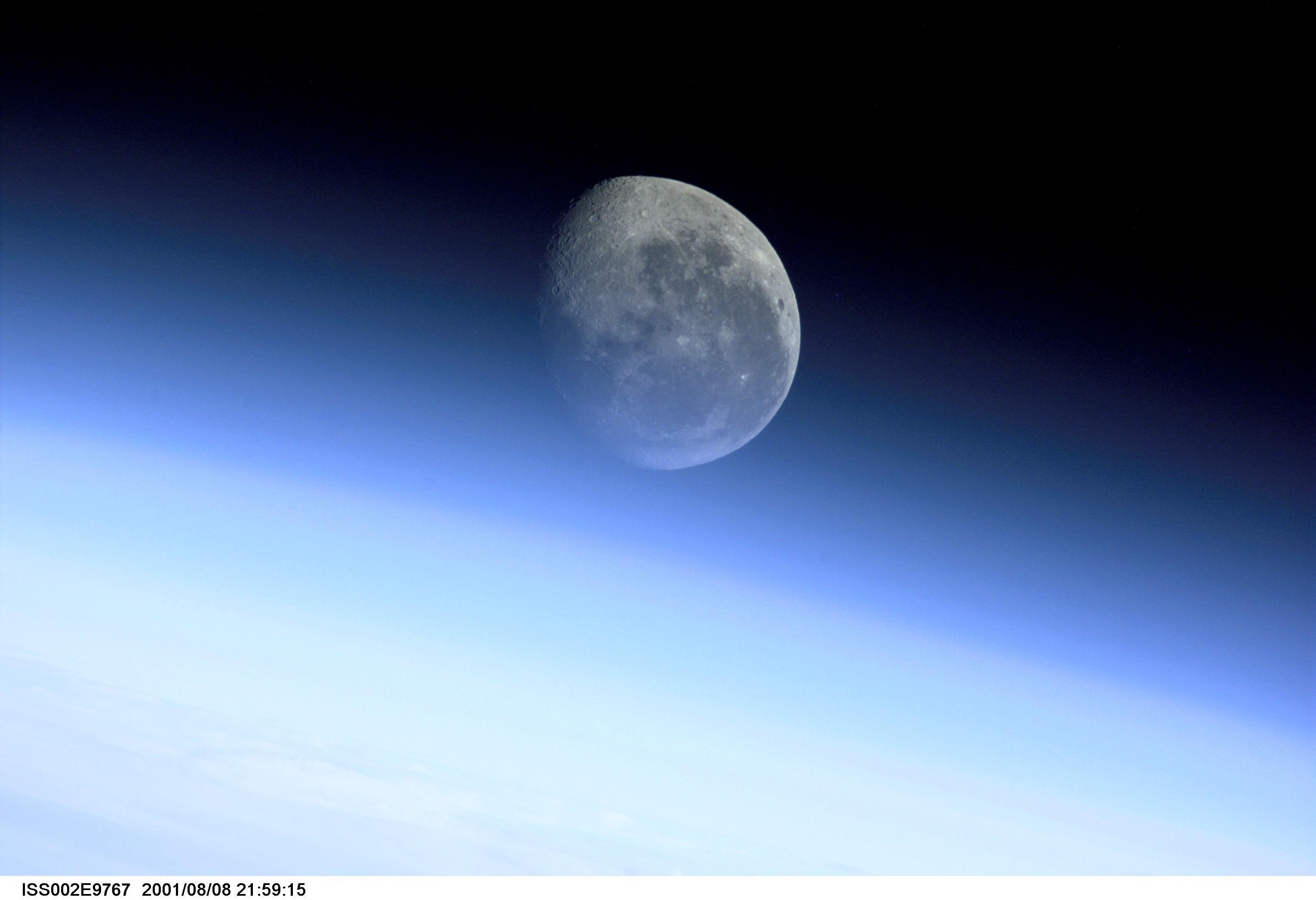One side isn't facing much more gravitational pull than the other. The amount of gravitational pull is determined solely by how large you are and how far you are from the center of the Earth. Since the Earth is roughly a sphere, it's about the same distance to then center on all sides, thus about the same gravity.
There are minor differences in gravity from place to place, depending on whether you're on mountain or valley, different densities of rock in different places, but those effects are too minor to notice, less than 1%.
Does he think an ant dips its nose all the time when it walks around a beach ball? Or does it just walk forward while its body naturally follows the curve? How stupid is this guy?
And how high do you have to be to not experience gravity on a plane? Well, the Earth is 4,000 miles thick, so that should be a clue that you need to be a LOT more than six miles high (typical jet height) to escape its gravity. Six miles ain't nothing compared to 4,000.
And when you walk in a moving train, is it a shorter trip walking from the front to back than it is from back to front? Hell no, the movement of the train is irrelevant to the distances traveled within it, just like the movement of the Earth is irrelevant to distances traveled by things on it. Due to gravity, the air and everything else is moving right along with the Earth, so direction is mostly irrelevant (there are some relativistic effects but that's going a little too deep.)
 A. It looks flat. B. NASA is shady so some people just don't trust it.
A. It looks flat. B. NASA is shady so some people just don't trust it.




 . I can't think of any other topic that inspires such anger.
. I can't think of any other topic that inspires such anger.




